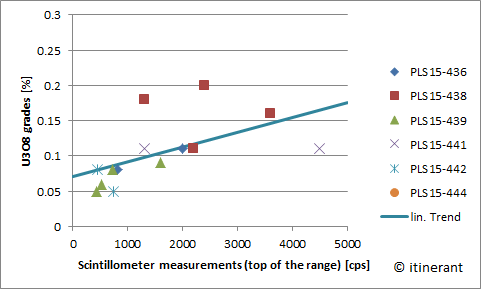
According to the International Energy Agency, nuclear energy has prevented the emission of some 56 gigatonnes of carbon dioxide, the equivalent of two years’ global emissions at today’s rate. The current use of nuclear energy saves roughly 2.1 billion tonnes of carbon dioxide equivalent emissions each year. Unlike fossil fuel plants, nuclear power stations do not emit carbon dioxide, sulphur dioxide or other air pollutants or greenhouse gases and only very small amounts are produced across the entire nuclear fuel cycle. Nuclear power plants use the heat produced by nuclear fission to generate steam that drives turbines, similar to fossil fuel plants. Nuclear energy is the only source of carbon-free, abundant baseload energy and plays a vital role in providing clean energy for sustainable economic development throughout the world. No other power source operates at that level of reliability.Īs important, electricity from nuclear power plants generates significantly lower emissions of carbon dioxide, a greenhouse gas, compared with fossil fuel plants (approximately 60 – 70 gm of CO2/Kwh vs. Nuclear power plants operate on a 24/7 basis, for periods of 18 to 24 months before shutting down briefly for refueling. A single nuclear reactor prevents the emission of approximately 3.0 million tonnes of CO 2 per year. In addition, five kilograms of natural uranium contain the same amount of energy as 60 tons of hard coal. Nuclear power a carbon free, efficient, reliable and abundant source of base-load electricity.Ī single uranium fuel pellet, the size of a pencil eraser, contains the same amount of energy as 17,000 cubic feet of natural gas, 1,780 pounds of coal or 149 gallons of oil.

Nuclear power, fueled by uranium, is a key part of the world’s energy mix, accounting for approximately 10 percent of the world’s electricity requirements.


 0 kommentar(er)
0 kommentar(er)
